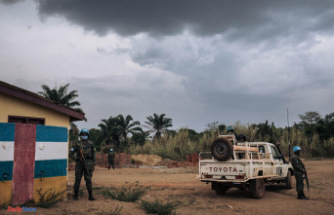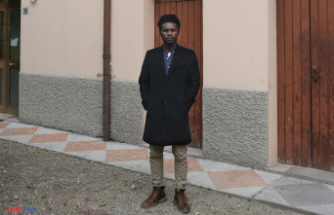The omicron variant of the Coronavirus, the last one that the WHO has considered "risk", presents many more mutations than the Delta strain, according to a first "image", carried out and published by the Bambino Gesù Hospital in Rome.
In this "three-dimensional" image, similar to a cartography, "it looks good that the omicron variant has many more mutations than the delta variant [which also has a large number of mutations], mainly concentrated in an area of the protein that interacts With human cells, "he explained the team of researchers in a statement published this Sunday.
"This does not automatically say that these variations are more dangerous, simply that the virus has adapted once again to the human species generating another variant," researchers require. "Other studies will tell us if this adaptation is neutral, less dangerous or more dangerous."
The research team of the prestigious Bambino Gesù establishment focused on the search for mutations at the level of "the three-dimensional structure of the Spike Protein", explains to the AFP Claudia Alteri agency, professor of clinical microbiology at the University of Milan and Researcher in the Quoted Roman hospital.
That protein, which is the part of the virus "that is studied with more attention", is "responsible for the recognition of the human receptor and the entry of the virus within the cells". "It is in the spike where monoclonal antibodies act and, of course, vaccines," she emphasizes.
The image was made "from the sequence study of that new variant contributed to the scientific community" and especially "of Botswana, South Africa and Hong Kong."
"This image, which represents a bit the map of all the variants, describes omicron mutations but does not define the" they have, according to Claudia Alteri. "From now on, it will be important to define, through laboratory experts, if the combination of these combinations can have an impact on the transmission or in the effectiveness of vaccines, for example," she says.
Date Of Update: 28 November 2021, 20:16











